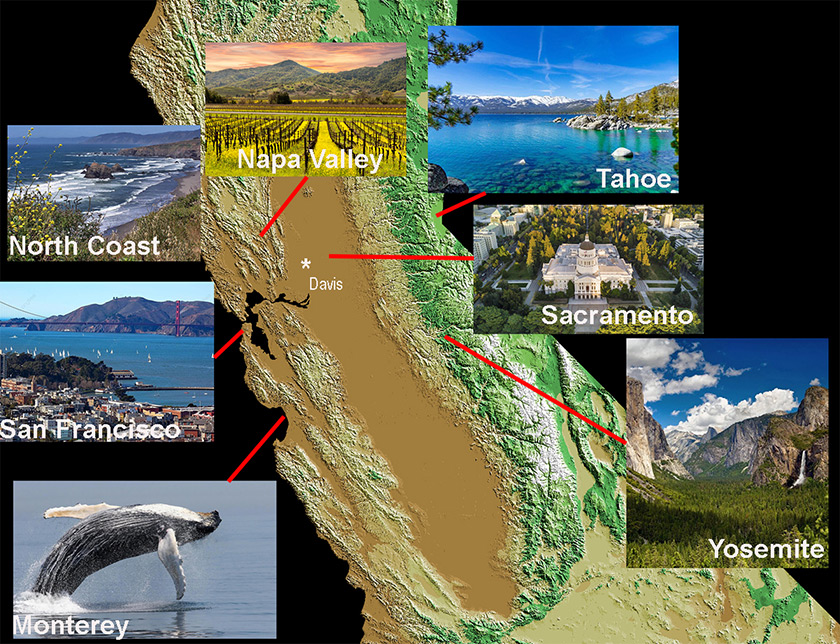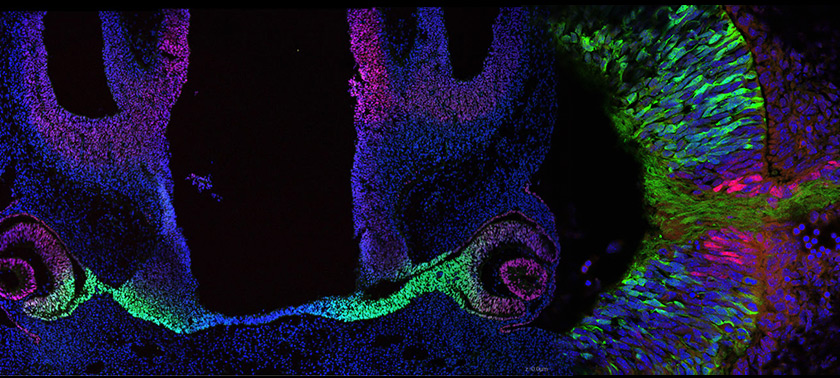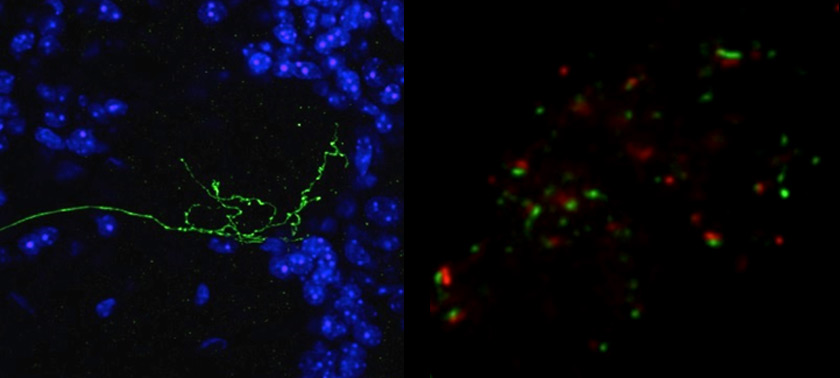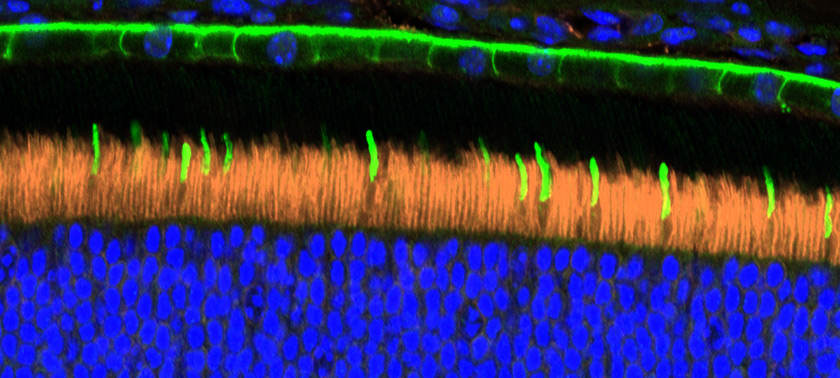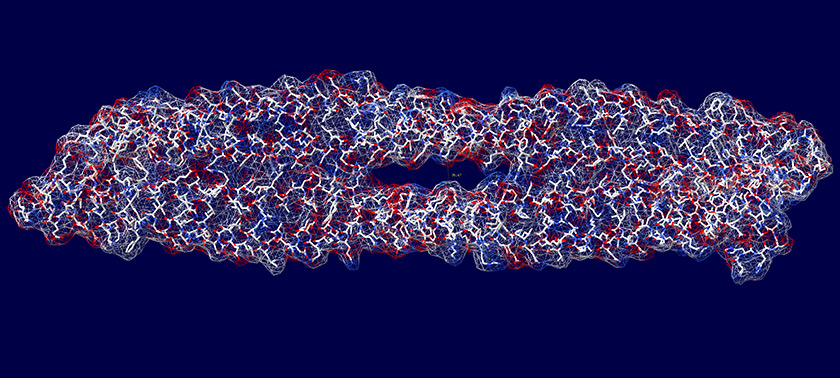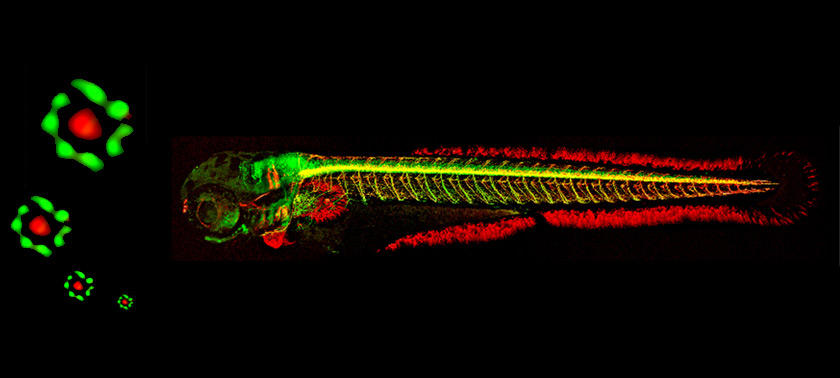Department of Cell Biology and Human Anatomy
Welcome!
UC Davis, the third largest of the 10 campus UC System, is now ranked among the top 10 public universities in the nation. UC Davis has one of the largest biological science faculties in the nation, due to the presence of the School of Medicine, the College of Biological Sciences, the School of Veterinary Medicine, the College of Agriculture, the Department of Biomedical Engineering, and the California National Primate Research Center. While most of these entities are based on the Davis campus, the Medical School is split between Davis and Sacramento, 17 miles to the east. The clinical and educational facilities of the medical school are located on the Sacramento campus, while the research mission has a presence on both campuses, with four of the five medical school basic science departments located in Davis. Our presence on the Davis campus affords us easy access to an enormous array of expertise in both the biological and physical sciences that are located on the Davis campus.
The Department of Cell Biology and Human Anatomy occupies ~19,000 square feet in Tupper Hall, in the Health Sciences District of the Davis campus. Fourteen of our department faculty are located in Tupper Hall, with a smaller number of faculty located at the Primate Center, and the Shriner’s Hospital in Sacramento. Research strengths in the department include the biology of vision, developmental biology, neurobiology, cell biology, and stem cells. Co-located in Tupper Hall are the departments of Human Physiology and Membrane Biology, Medical Microbiology, Pharmacology, and a part of the department of Biochemistry and Molecular Medicine.
Our Mission
Research
Conduct discovery research that advances our understanding of biological mechanisms, with a long-term goal of achieving a mechanistic understanding of human disease, making way for the development of therapeutic interventions that improve human health.
Faculty research interests span a constantly evolving spectrum that includes vision biology, cell biology, developmental biology, neurosciences, stem cells, and cancer biology. More about individual research programs can be viewed on websites for each investigator's website here.
Education
Educate the next generation of postdoctoral scholars, graduate students, professional students, and undergraduates through experience in both research laboratories, and classroom education.
Our faculty contribute heavily to medical student education through courses offered by the Office of Medical Education in the School of Medicine. Faculty also offer courses at both the graduate and undergraduate levels, which are described in the UC Davis general catalog.
Service
Use our expertise as scientists and educators in service to the university, professional societies, and to our communities.
Why UC Davis?
UC Davis is a highly-ranked Tier 1 research university with a strong emphasis on biological science. It is home to a Medical School, College of Biological Sciences, Veterinary School and College of Agriculture, and, as such, has more PhD biologists than almost any other university in the U.S. Situated in the city of Davis, with a population of ~67,000, UC Davis has a distinct “University Town” appeal. UC Davis offers unparalleled research opportunities, while also offering access to world class recreational and cultural opportunities such as:
- Lake Tahoe, the largest alpine lake in North America offers spectacular views, camping, boating, and water-skiing is 90 mile to the east.
- San Francisco, one of the most picturesque cities in the world, is 72 miles to the west
- Napa and Sonoma valleys, the heart of California’s wine country are 40 miles to the west
- Sacramento, capitol of the 5th largest economy in the world, and ranked the Most Diverse City in the United States, is 17 miles east.
- The Sierra Nevada mountains with more than 300 peaks over 11,000 feet, and extending more than 350 miles, offers outstanding backpacking, camping, whitewater rafting, fishing, and skiing, is located 70 miles to the east
- Yosemite Valley is located 156 miles to the southeast
- Monterey Bay located 172 miles to the southwest, is home to a world class aquarium and a superb site to view the annual whale migration.
- California’s Wild North Coast can be accessed 75 miles to the west.
- UC Berkeley, UC San Francisco, Stanford University, and the Lawrence Livermore National Laboratory are all located in/near the Bay Area, and provide additional opportunities for collaborations and state-of-the art core facilities.
